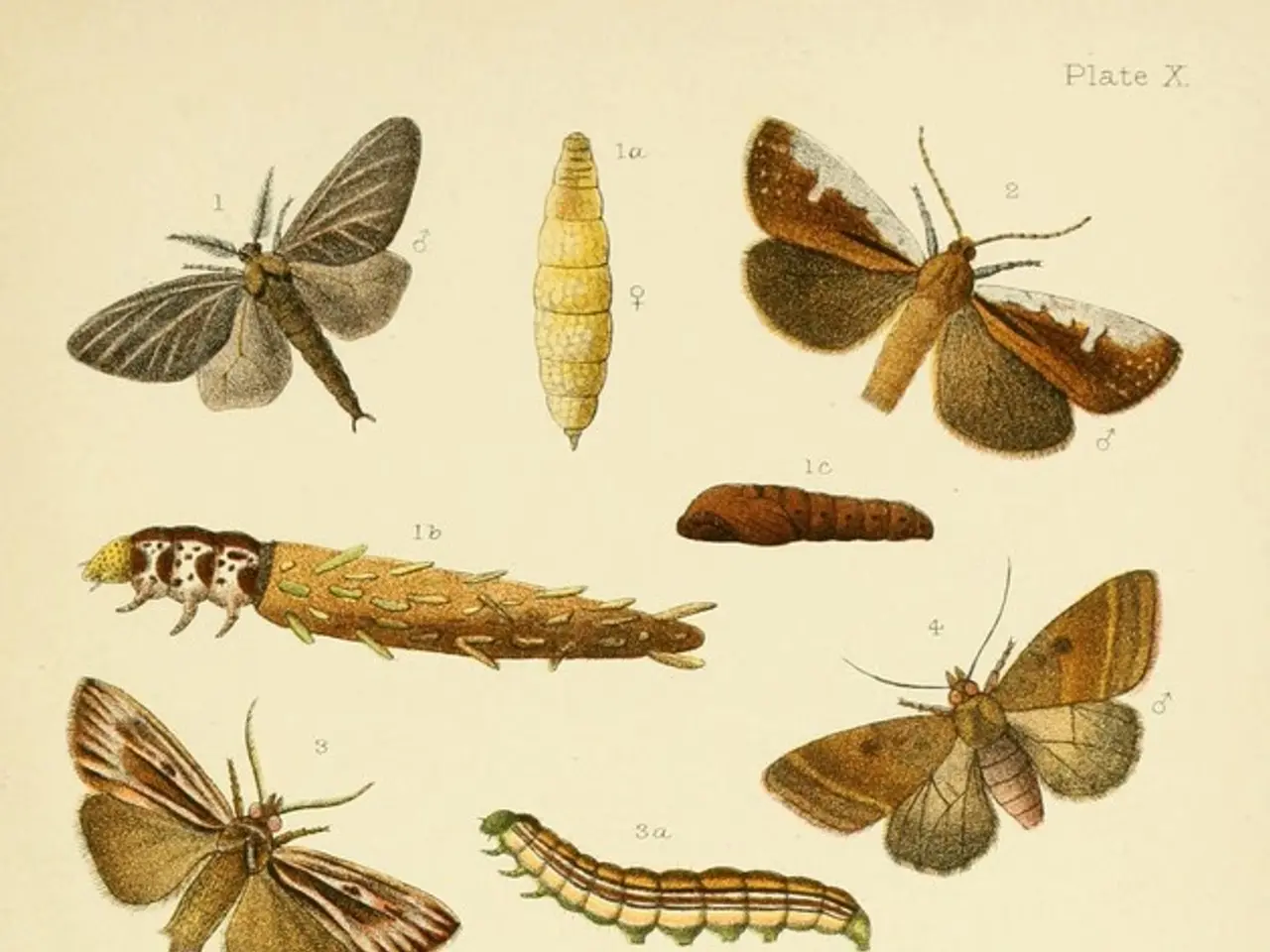Medial Globus Pallidus: The Basal Ganglia's Key Player in Movement Control
The medial globus pallidus, a key structure in the basal ganglia, has been in the spotlight of neuroscience since its description by Theodor Meynert in the late 19th century. This small but mighty structure, also known as the substantia innominata, plays a significant role in involuntary movements and motor control.
Located near the nucleus subthalamicus, the putamen, and the mesencephalon, the medial globus pallidus is one of the output nuclei of the basal ganglia. Unlike the cerebellum, which produces excitatory output, the basal ganglia, including the medial globus pallidus, generate inhibitory output. This is achieved through neurons containing gamma-aminobutyric acid (GABA), a neurotransmitter that inhibits the firing of other neurons.
The medial globus pallidus sends axons to various nuclei in the dorsal thalamus, pedunculopontine, and centromedian nuclei. This extensive connectivity allows it to influence a wide range of brain functions. Interestingly, the motor cortex sends information directly to both the basal ganglia and the cerebellum, highlighting the complex interplay among these structures in controlling movement.
The medial globus pallidus, with its unique position and functions, is crucial for understanding and treating movement disorders. Its inhibitory output, along with its connections to various brain regions, underscores the importance of this structure in the intricate dance of the brain.






